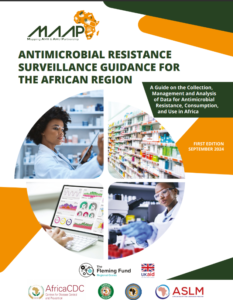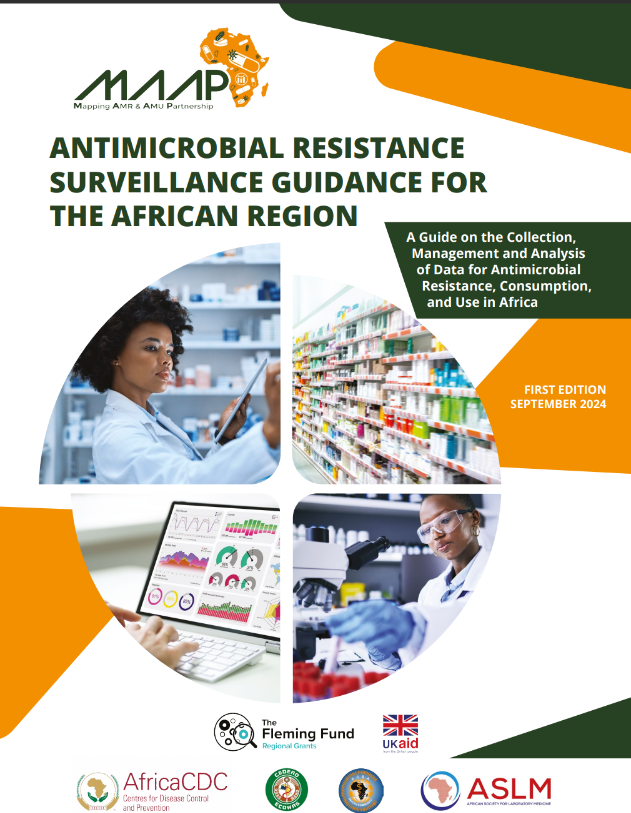 Antimicrobial resistance (AMR) is a significant and growing threat to global public health, with Africa being particularly vulnerable due to unique regional challenges such as limited laboratory capacity, insufficient data on antimicrobial consumption (AMC) and use (AMU), and inadequate coordination between human and animal health sectors. These issues were highlighted by the MAAP I project, led by the African Society for Laboratory Medicine (ASLM).
Antimicrobial resistance (AMR) is a significant and growing threat to global public health, with Africa being particularly vulnerable due to unique regional challenges such as limited laboratory capacity, insufficient data on antimicrobial consumption (AMC) and use (AMU), and inadequate coordination between human and animal health sectors. These issues were highlighted by the MAAP I project, led by the African Society for Laboratory Medicine (ASLM).
To address this urgent need, ASLM, in collaboration with the Africa Centres for Disease Control and Prevention (Africa CDC), the East, Central, and Southern Africa Health Community (ECSA-HC), the West African Health Organization (WAHO), and experts from 14 African Union (AU) member states, has developed the “Guidance for AMR, AMC, and AMU Surveillance in Africa”. This guidance provides countries with a structured, standardized approach to building robust AMR, AMC, and AMU surveillance systems. It covers key areas such as laboratory strengthening, data management (including WHONET and other data tools), and cross-sectoral coordination. The Guidance offers practical, Africa-specific solutions that align with global AMR action plans while addressing local and regional challenges. It was officially validated on September 5, 2024, and launched on September 6, 2024, in Nairobi, Kenya.
This resource will support AU member states in tracking AMR trends, analyzing antimicrobial consumption patterns, and informing policies to mitigate the impact of AMR. By providing a roadmap for strengthening AMR surveillance, the guidance aims to reinforce national and continental health systems, contributing to Africa’s health security.
Stakeholders are encouraged to access the full document below to explore how the Guidance can be applied to advance AMR efforts in their country and across Africa.
Download the Continental Guidance for AMR Surveillance from here.


